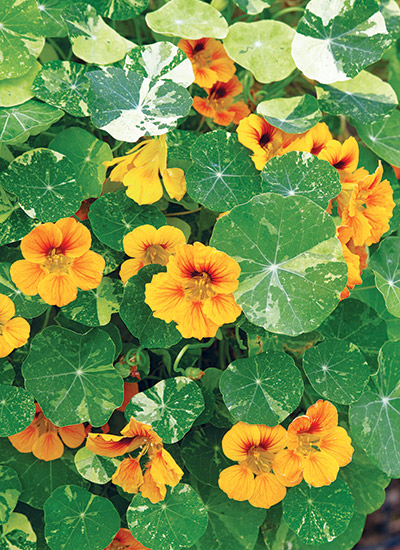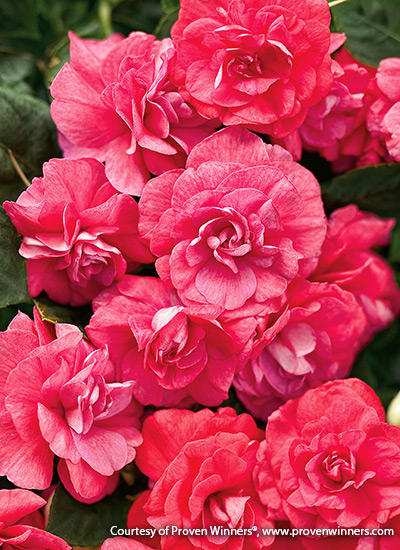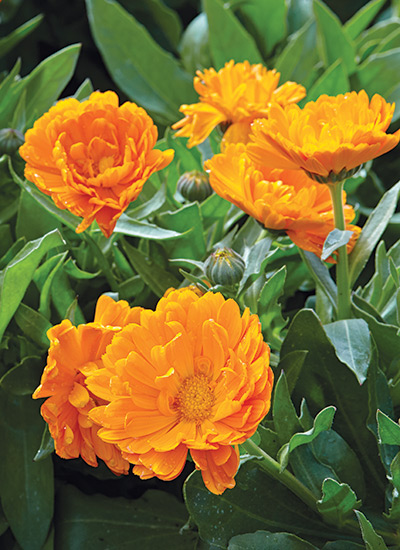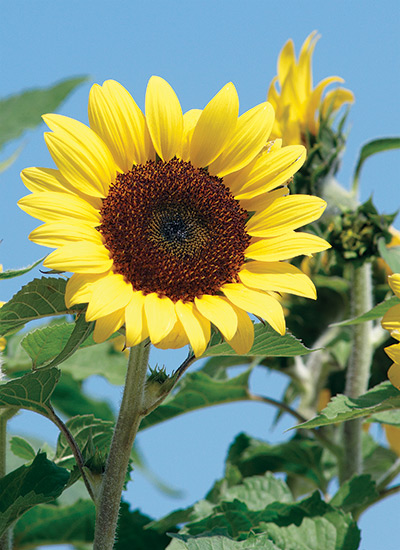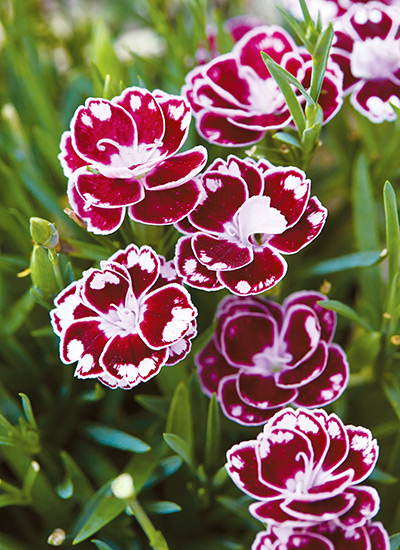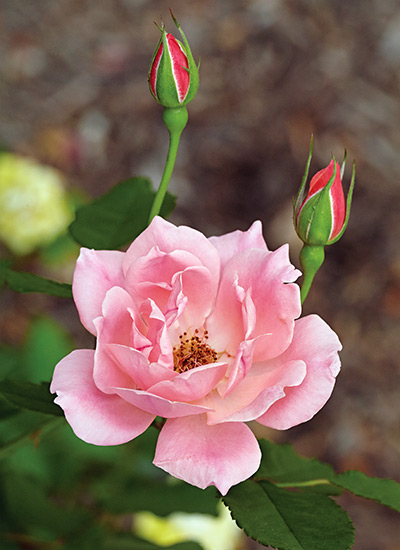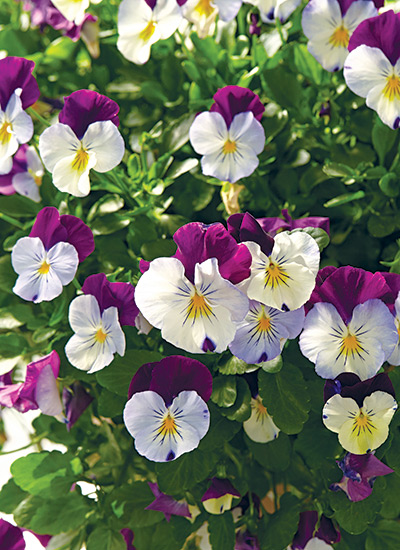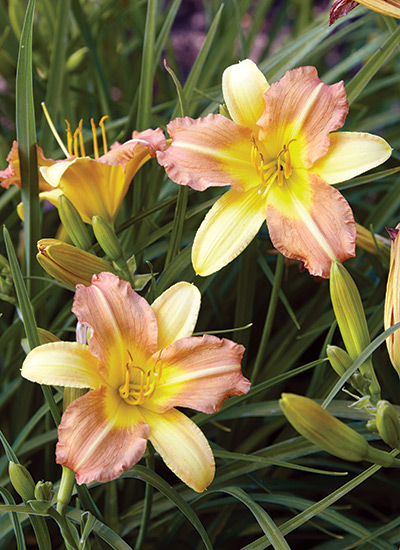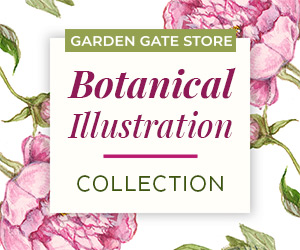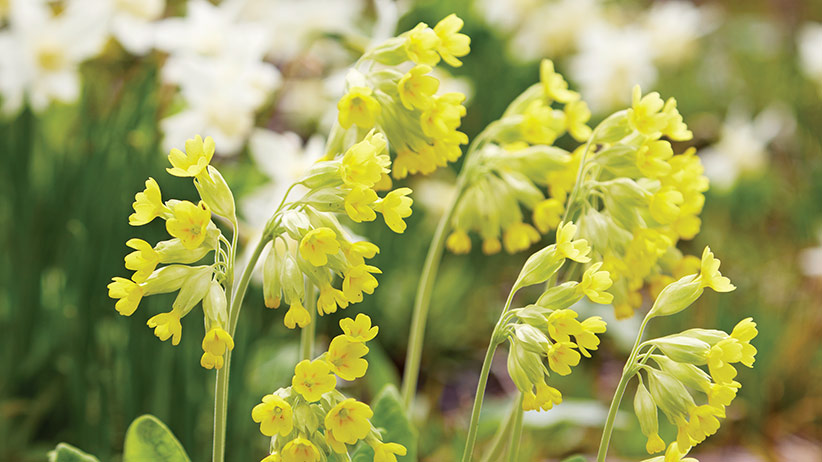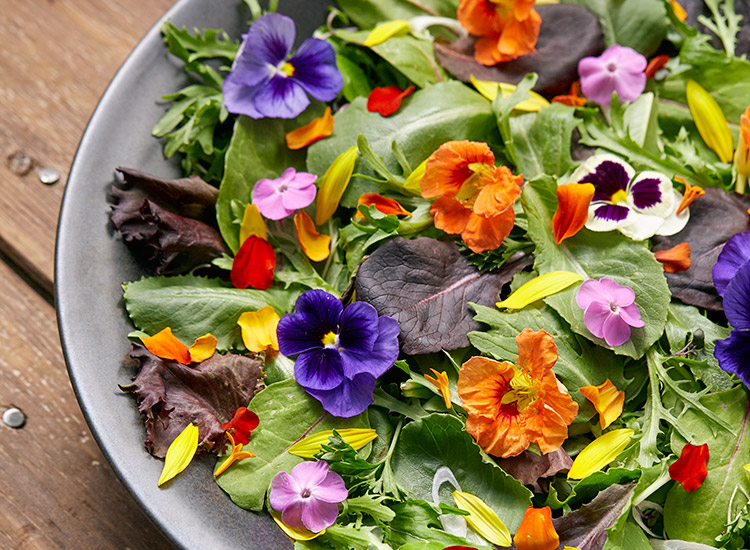
Beautiful & edible flowers
To be honest, I’m the kind of guy who is always trying to convince people to eat their daylilies. Really. And redbud blossoms and sweet violets and nasturtiums. Even as a kid: My brothers and I used to suck on purple clover blossoms, snack on the dainty yellow wood sorrel flowers (which taste like dill pickles), and pluck honeysuckle blossoms off their stems, pinch the bottom of each blossom, pull out the stamen and lick the sweet drops of nectar that comes with it.
Pick edible flowers at their peak freshness
My enthusiasm for edible flowers only increased when I became friends with edible flower maven Cathy Wilkinson Barash, author of Edible Flowers: From Garden to Palate. Over the years she has shared many of her favorite recipes featuring edible flowers, dishes like lilac tea sandwiches and stuffed nasturtiums. But enjoying edible flowers can be as easy as tearing up a handful and tossing them on top of fresh greens, like you see above.
“Choose flowers that are at their peak,” she advises. “Flowers that are not fully open, those that are past their prime and flowers that are starting to wilt should be passed.” And remove pistils and stamens from the flower petals before eating.
You Might Also Like:
Easy Flowers to Grow
Mix & Match Guide to Create Your Own Cottage Garden
Helpful Gardening Videos
Seed Starting Tips
A matter of taste
In terms of flavor, herb flowers tend to have the same flavor as the leaves but less intense. Other flowers might be sweet, floral, citrusy or even pealike in flavor. In the gallery below you’ll find 10 of my favorite edible flowers. I’ll let you know how they taste, plus some tips for using them in the kitchen. Take a look around your garden and see what you already have growing that you can harvest to try out in a new recipe. I hope these whet your appetite for edible flowers.
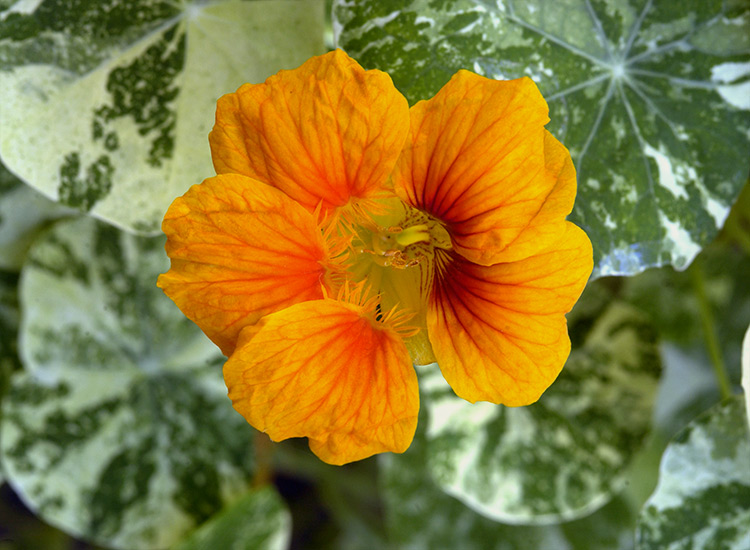
4 Rules to know before you eat a flower
1. Know what your are eating!
Eat flowers only when you are certain they are edible. If you’re not sure, consult a reliable reference book. Avoid using nonedible flowers as a garnish because many people believe that anything they find on their plate can be eaten.
2. Make sure the flowers were grown chemical-free
Eat only flowers that have been grown organically. If pesticides are necessary, use only those products labeled for use on edible crops. Do not eat flowers from florists, nurseries or garden centers. In many cases these flowers have been treated with chemicals not intended for food crops.
3. Avoid flowers affected by pollution
Do not eat flowers picked from the side of the road. Once again, possible herbicide use and contamination from car emissions eliminates these flowers as a possible choice for culinary use.
4. Start slowly when trying new edible flowers
Introduce new flowers into your diet one at a time in small quantities. Too much of a good thing may cause problems for your digestive system. And if you have hay fever, allergies or asthma, introduce new flowers gradually, as they may aggravate some conditions.
You Might Also Like:
Best Places to Buy Plants Online
Easy to Grow Heirloom Vegetables
Tips for Growing Gorgeous Daylilies
Edible flowers you should grow in your garden
Edible flowers are a fun and easy way to add color and flavor to all sorts of dishes — especially when you can pick them right from your own garden. Here are some that you should consider adding to your garden menu.



